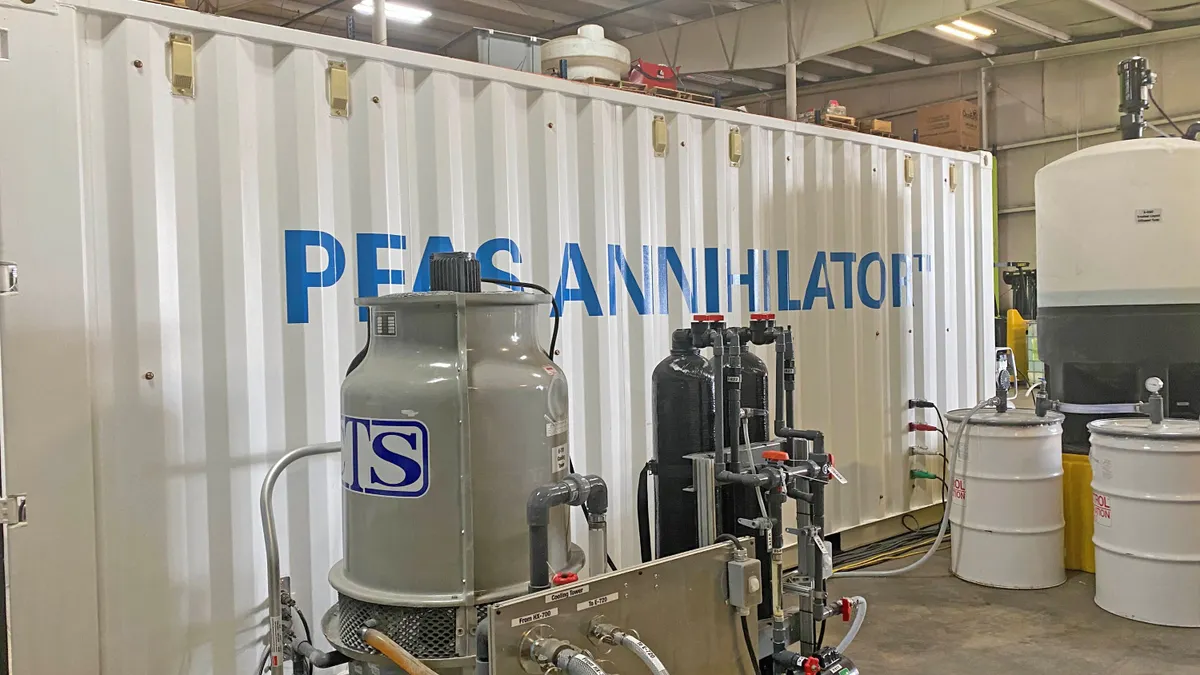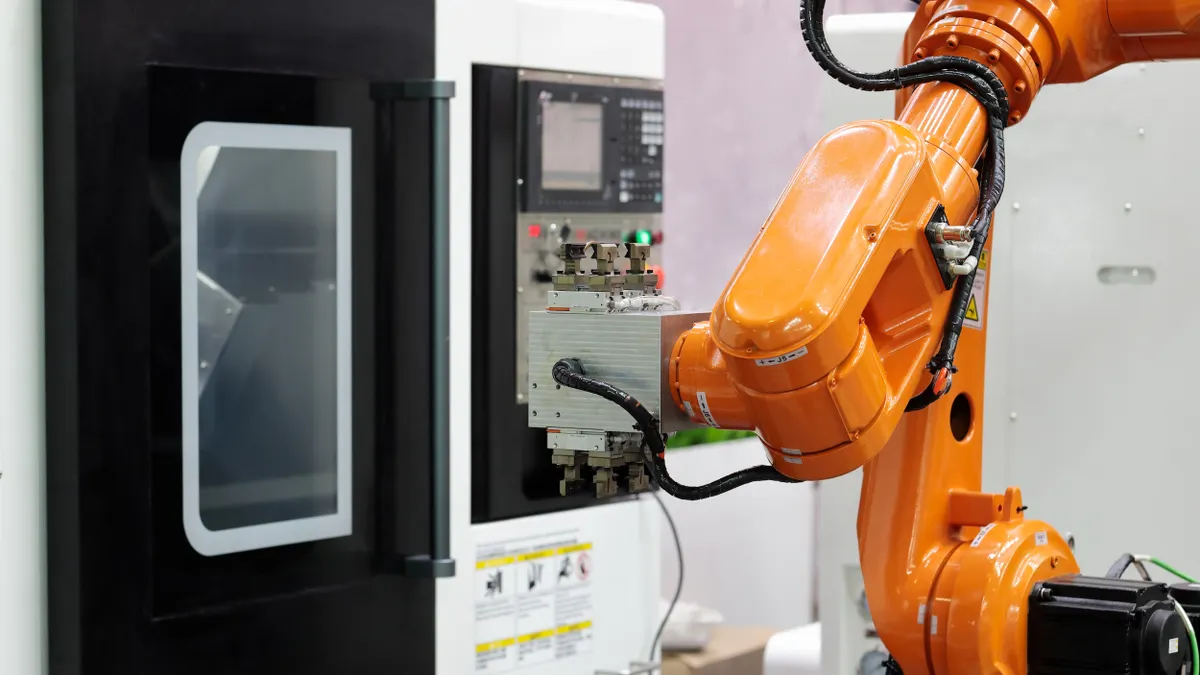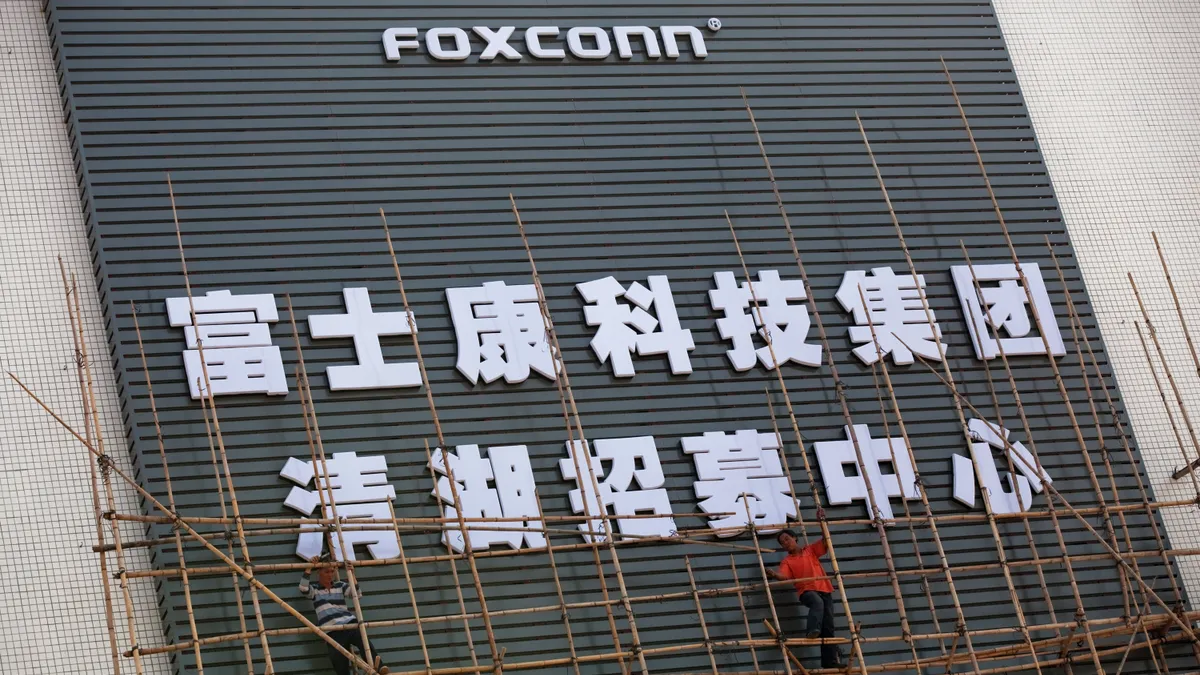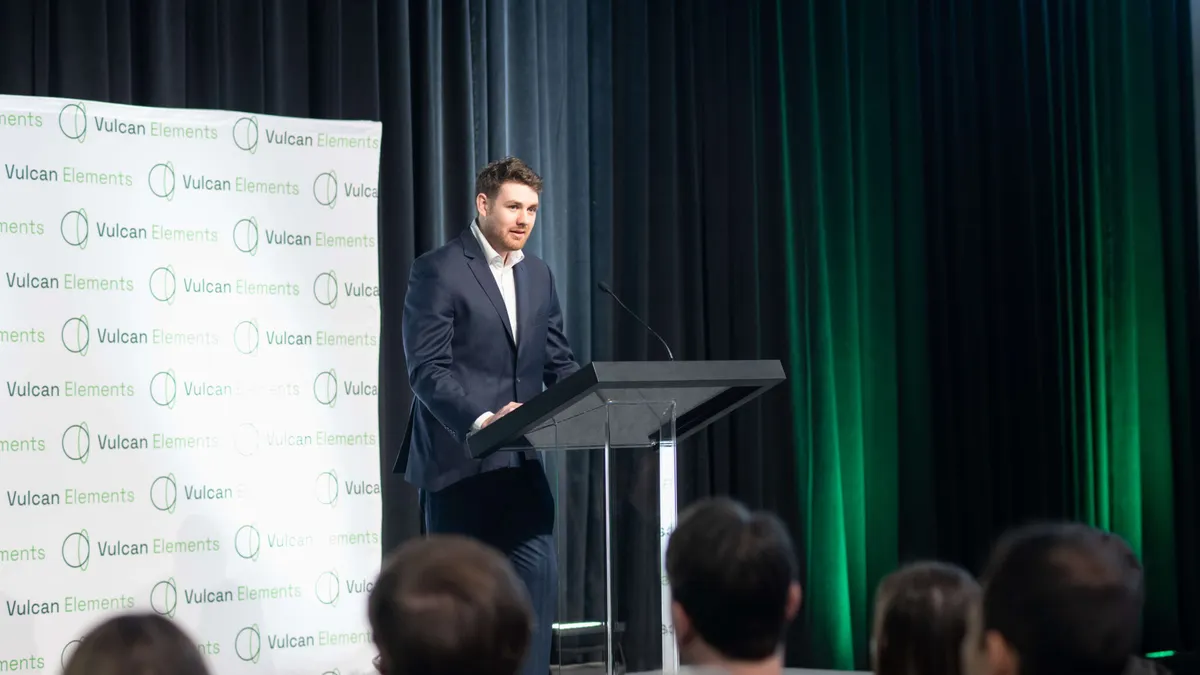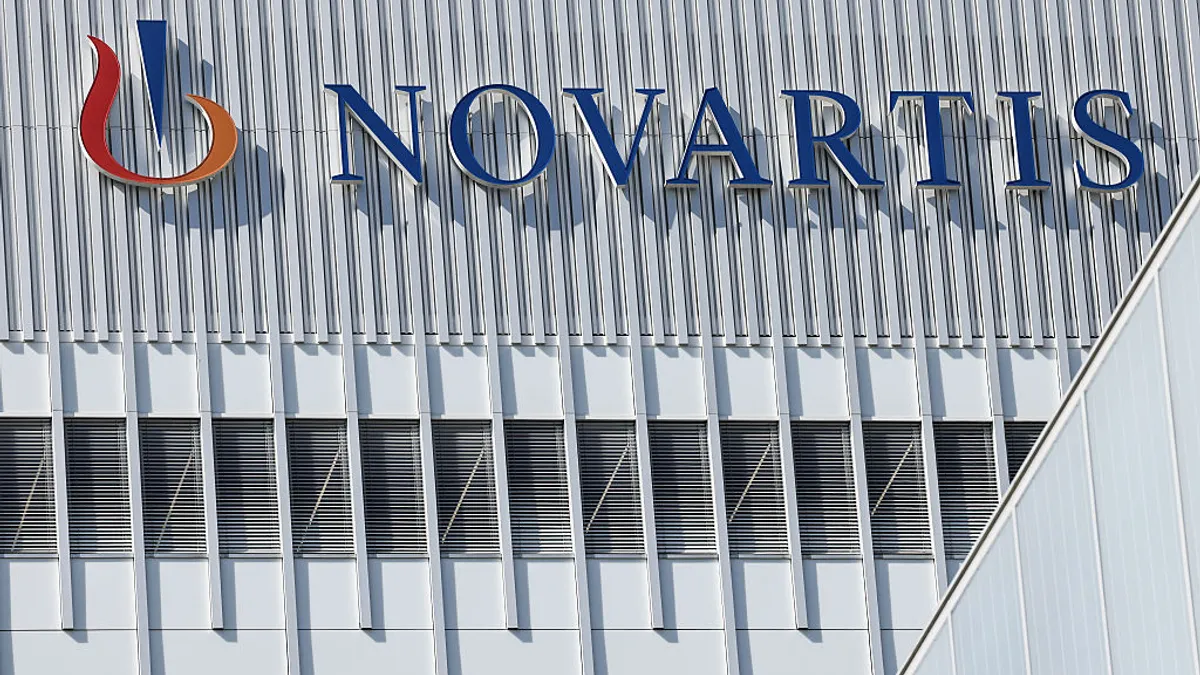In recent years, there has been an increase in targeted measures to manage PFAS in manufacturing.
Per- and polyfluoroalkyl substances have some of the strongest bonds in chemistry, making them extremely difficult to break down and giving them the nickname “forever chemicals.” This can be beneficial for durability, but this characteristic means they persist in the environment, accumulating in soil, water and even blood.
Last year, the U.S. EPA designated PFOA and PFOS as hazardous substances, while also updating its PFAS destruction and disposal guidance. The agency paused implementation of effluent guidelines for manufacturers under the Trump administration, but has since announced plans to develop rules for limiting discharge of these chemicals.
The heightened focus on PFAS at the federal and state level in recent years has increased pressure on manufacturers to address the chemicals in their operations and products. Many are now exploring or adopting destruction technologies to safely manage waste related to the substances.
Most of this work is currently outsourced to companies such as Revive Environmental, which has developed the industry's first commercially available PFAS destruction technology, using supercritical water oxidation, or SCWO, at scale.
The company’s PFAS Annihilator, developed with Battelle Memorial Institute, uses SCWO to break down PFAS compounds, both long and short-chain, within seconds, said Rick Gillespie, chief commercial officer at Revive Environmental.
“Our process achieves 99.99% destruction across all PFAS types in varying liquid waste streams with no harmful byproducts generated, providing assurance that PFAS will never reemerge into the environment,” Gillespie said.
Revive’s methodology is validated by accredited third-party laboratories with legally defensible documentation confirming that PFAS destruction has occurred. This type of verification will be key as regulatory norms around PFAS management tighten.
“In a regulatory landscape that penalizes even unintentional releases, destruction is the only strategy that ensures PFAS won’t come back to haunt you,” Gillespie said.
There are several PFAS destruction techniques in the market at different stages, from those still in development to field-tested and commercialized options.
“Electrochemical treatment, high-energy electron beam, photolysis, plasma destruction, sonochemical oxidation, and thermal desorption are considered developing technologies, whereas incineration and supercritical water oxidation are field-tested and commercialized,” said Shalene Thomas, senior emerging contaminants program manager at Battelle. Currently, SCWO is considered the leading technology commercialized to support destruction, she added.
New PFAS destruction technologies
Manufacturers are still assessing what works and what can most feasibly be adopted, as more new options are launched.
In 2024, Gradiant, a startup spun out from the Massasschusetts Institute of Technology, launched ForeverGone, a solution that works to remove PFAS from contaminated water sources and destroy them onsite, according to CEO Anurag Bajpayee.
Their process combines two methods: micro-foam fractionation and destruction engine. “Micro-foam fractionation separates PFAS into a highly concentrated micro-foamate optimized for removal and the destruction engine uses electro-oxidation to permanently eliminate the full range of PFAS chemicals from the concentrated stream,” Bajpayee said.
Bioforcetech, a waste transformation and carbon-negative solutions company, is tackling PFAS destruction another way. It has produced a patented thermal treatment technology that removes PFAS at scale: the sigma pyrolysis unit.
“Pyrolysis is the process of heating an organic material to high temperatures, in our case up to 650°C, in the absence of any added oxygen,” said Valentino Villa, COO and co-founder of the company. “The lack of oxygen causes a ‘thermal decomposition’ that breaks down chemicals, forms a gas that can be leveraged, and fixes carbon.”
VVater, a water treatment company, has yet another approach: electroporation. Its process applies controlled electrical fields to disrupt chemical bonds in PFAS compounds.
Kevin Gast, co-founder, chairman, and CEO of the company, said this solution is scalable and can operate without creating secondary waste streams.
Adoption struggles
Despite the abundance of options in the market, many manufacturers are still hesitant to adopt the technology.
“The manufacturers taking action now tend to be those in heavily regulated sectors or areas with high public visibility,” Gast said. “Companies are waiting on the sidelines, either because they’re unsure of the extent of the problem or because they're waiting for mandates to kick in.”
The ones who are adopting it tend to go for performance-based contracts where the provider installs and runs the system, and the manufacturer pays for the outcome rather than the equipment itself, Gast added.
As the technology becomes more developed and accessible, Villa said, the easiest way to eliminate PFAS is to stop using the chemical outright. “There is no need to destroy a chemical that is not in your product,” he said.
Companies like Battelle are working with manufacturers to help find substitutes for PFAS to limit consumers’ use and exposure and stop production that involves the harmful chemicals.
Villa added, “While it is a burden for manufacturers to figure out how to eliminate the use of PFAS in their products, consumers must also become aware of the issue and demand change.”
Correction: This story was updated to correctly spell VVater's company name.


